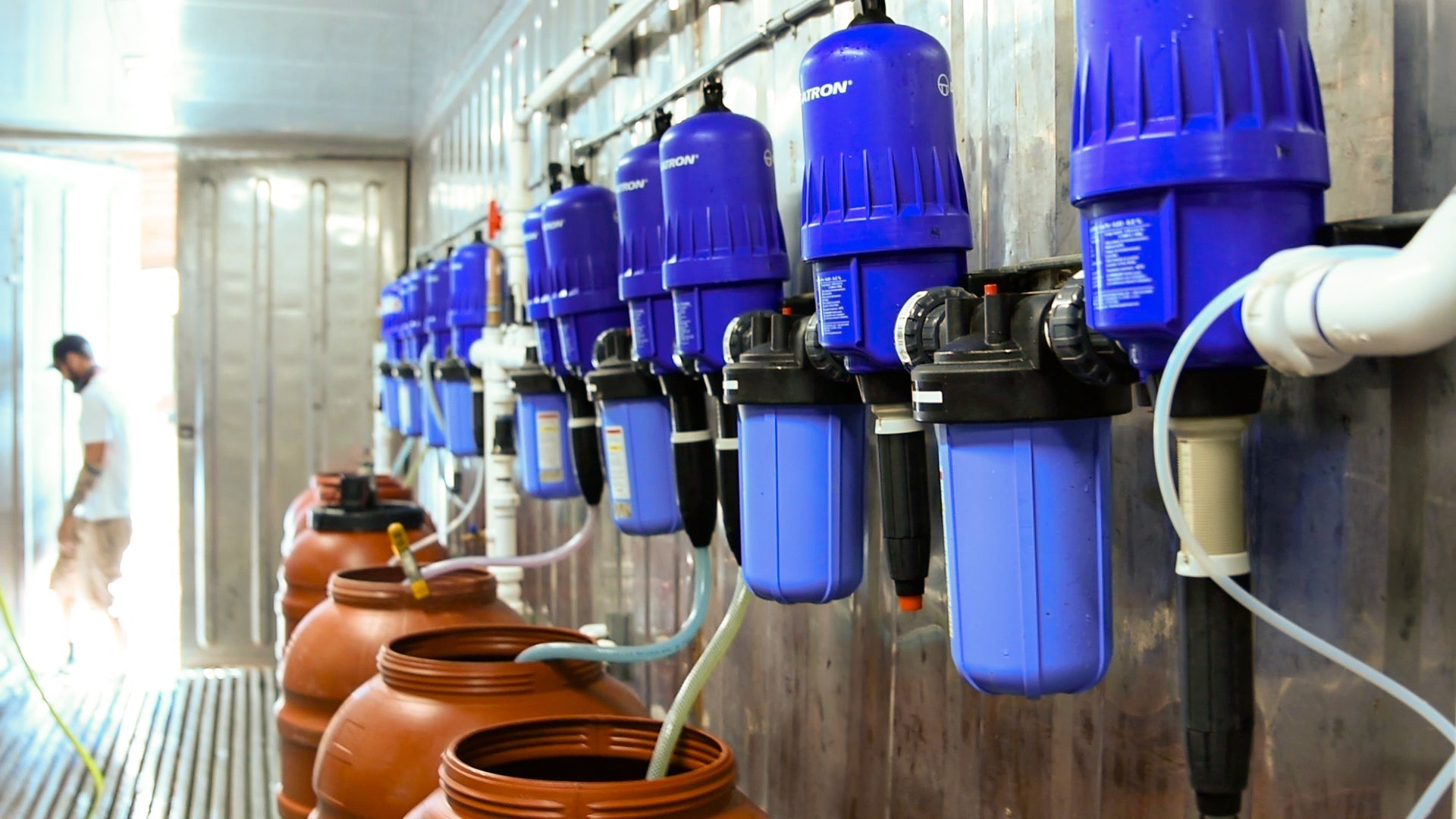What are Enzymes?
Enzymes are remarkable biological molecules that act as catalysts, enabling and accelerating chemical reactions in living systems. In the natural world, enzymes drive critical processes like digestion and nutrient cycling. For example, the human digestive system uses a suite of enzymes to break down food molecules into absorbable nutrients. In soil, enzymes produced by microbes depolymerize complex organic matter, releasing mineral nutrients for plant uptake.
Now, innovative hydroponic cultivators are harnessing the power of enzymes to revolutionize their growing systems and maximize plant productivity.

Two enzymes that hold particular promise for hydroponics are phosphatase and mannanase.
- Phosphatase enzymes catalyze the hydrolysis of organic phosphorus compounds, converting them into bioavailable inorganic phosphate that plants can readily take up. Many substrates contain abundant phosphorus, but it is locked up in forms that are inaccessible to plants without enzymatic mineralization. Harnessing phosphatase in hydroponic systems can liberate this trapped phosphorus pool.
- Mannanase is an enzyme that breaks down mannan polymers, which are hemicelluloses composed of mannose sugars. Mannans are found in the cell walls of many plants, typically comprising a significant percentage of total biomass. When mannan is enzymatically degraded by mannanase, it releases sugars, micronutrients and other compounds that can feed plant growth.
By supplementing hydroponic nutrient solutions with phosphatase and mannanase, growers can enhance phosphorus and micronutrient availability to their crops.

In nature, extracellular enzymes like phosphatase and mannanase are produced by a diverse array of soil bacteria and fungi. Researchers have identified certain bacterial genera as especially prolific enzyme producers:
- Bacillus
- Pseudomonas
- Streptomyces
These enzyme-secreting bacteria play a key role in organic matter decomposition and nutrient cycling in soil ecosystems. They help liberate carbon, nitrogen, phosphorus and micronutrients from complex organic polymers, making them available for uptake by plants and other microbes.
Producing Enzymes: Patience vs Precision
Some companies in the hydroponics industry are now culturing and packaging these enzyme-producing bacterial strains for use as microbial inoculants. Adding carefully selected bacterial cultures to hydroponic systems can create a "living" nutrient solution, continuously generating enzymes to optimize nutrient mineralization and uptake.
However, relying on microbes for the production of enzymes is a delicate strategy. Using enzymes produced via substrate microbes requires maintaining live organisms, building a large enough population size, and keeping substrate parameters within the right range for those microbes. Now, cultivators can now get the benefit of enzymes directly, without having to maintain live microbial colonies.
4 Reasons Why Growers Are Using Enzymatic Products
So what kind of benefits are hydroponic growers seeing with enzyme supplements? Numerous research trials and grower experiences have demonstrated promising results. Studies have found that crops grown with phosphatase and mannanase enzyme treatments show:
- Increased growth rates
- Greater final yields compared to untreated controls
- Higher concentration of bioactive compounds
- Enhanced root development
Trials have reported 10-30% yield increases in crops treated with phosphatase enzymes. Enzymes appear to boost the efficiency of nutrient uptake and utilization by plants, leading to improved crop performance.
Some evidence suggests that enzyme use may allow growers to maintain yields while reducing fertilizer application rates, by improving the mineralization and plant availability of nutrients that are already present in the system. This could translate to cost savings on hydroponic fertilizer inputs, while also reducing nutrient waste and pollution. As the hydroponics industry moves to embrace more sustainable practices, enzyme-based biostimulants will likely play an increasingly important role.
How PhosZyme Works
One example of a precision enzyme product now available to hydroponic growers is Front Row Ag’s PhosZyme. PhosZyme is a soluble powder that combines phosphatase and mannanase enzymes with monoammonium phosphate fertilizer.
- The phosphatase breaks chemical bonds that bind phosphorus to metal ions in the root zone, liberating it for plant uptake.
- The mannanase degrades mannans in plant cell walls, primarily at the root tips, potentially increasing the availability of sugars and micronutrients while drawing water and nutrients towards the root tip.
- The monoammonium phosphate provides a targeted boost of nitrogen and phosphorus to further drive growth.

Enhance Root Growth & Nutrient Uptake With PhosZyme
Applied at low doses, PhosZyme has shown promising results in enhancing root growth, nutrient uptake, and harvest weights across a range of hydroponic crops. It can be used alone or combined with other fertilizers to improve overall nutrient efficiency. Products like PhosZyme exemplify how innovative growers are leveraging enzymes to optimize hydroponic fertilizer programs.

Customer-reported results provided by Story Cannabis Co. show an average yield boost of 31% after integrating PhosZyme into their nutrient program.
Enzymes in Hydroponics: More Research On The Horizon
The use of enzymes in hydroponics is still an emerging area with ample room for further research and optimization. Key questions include determining optimal enzyme dosage rates and application timing for different crops and growth stages. Potential interactions between enzymes and other hydroponic solution components also need to be evaluated to ensure compatibility. Continued research will help refine best practices for integrating enzymatic biostimulants into hydroponic production.
Going forward, enzymes are an increasingly valuable tool in advancing hydroponic crop nutrition. By harnessing the metabolic power of soil microbes and translating it into bioavailable plant nutrition, enzyme supplements can help growers maximize fertilizer efficiency while reducing costs and environmental impact. Phosphatase and mannanase are two enzymes with demonstrated potential in hydroponics, but many other candidates are also being explored, including:
- Cellulases to break down root-bound cellulose
- Proteases to enhance nitrogen mineralization
- Phytases to liberate more phosphorus from inorganic sources
As research progresses, an expanding toolbox of targeted enzymatic biostimulants is expected to emerge, tailored for different crops and growing conditions. In the long run, the integration of hydroponic systems with microbial biotechnology and synthetic biology may open up new pathways. While many details remain speculative, the science is rapidly evolving, and enzymes will likely play a central role in shaping the future of sustainable, productive hydroponic agriculture.




